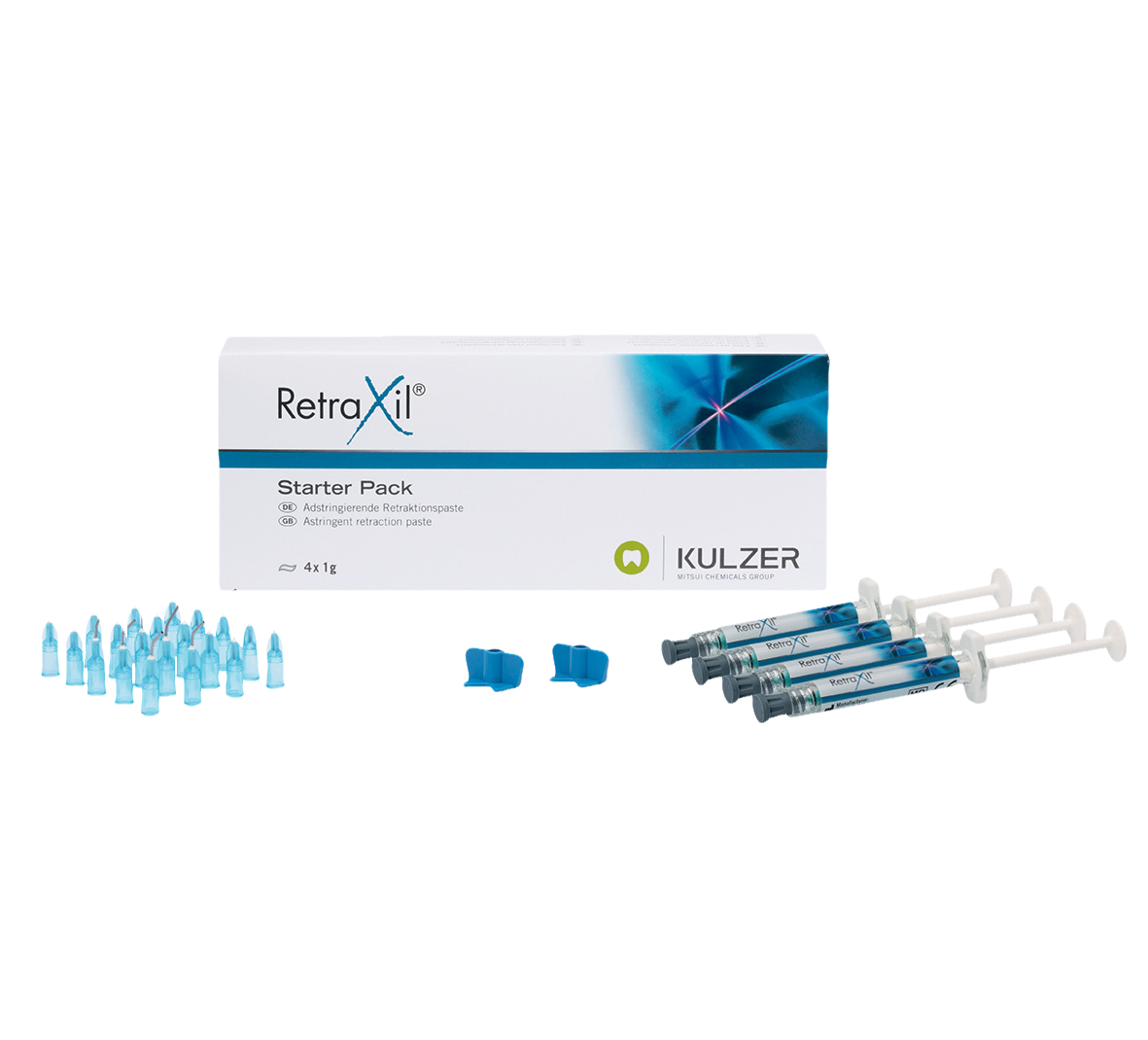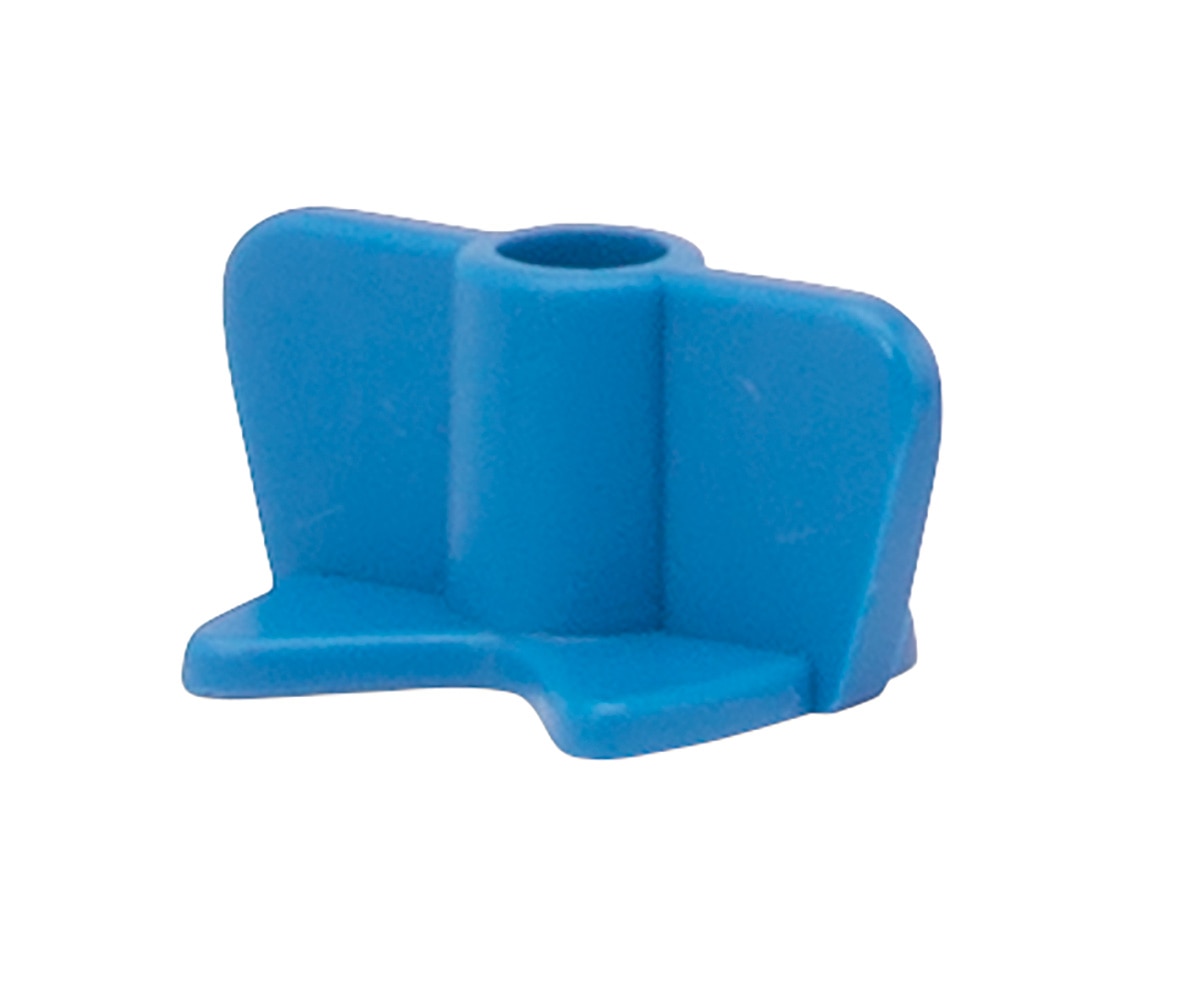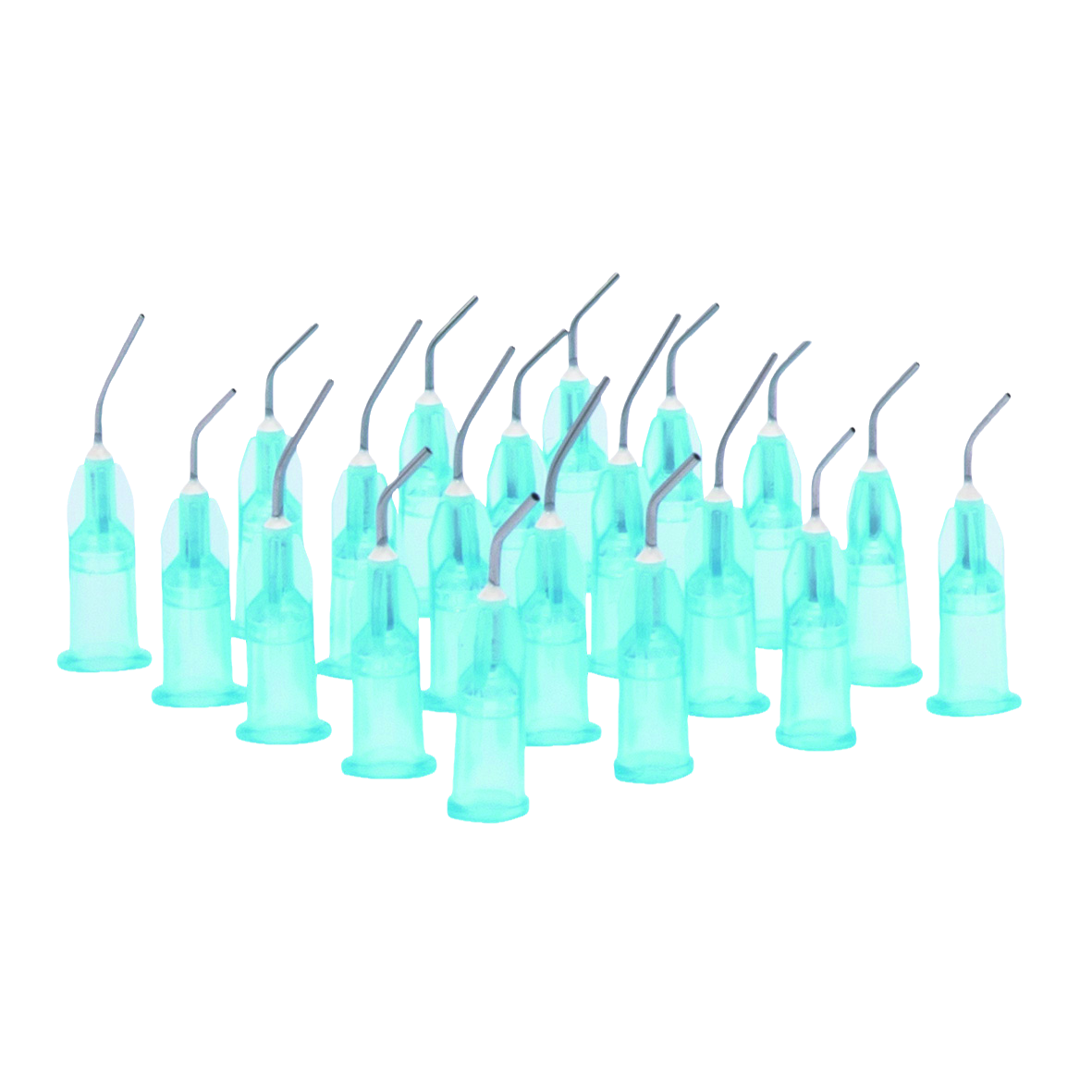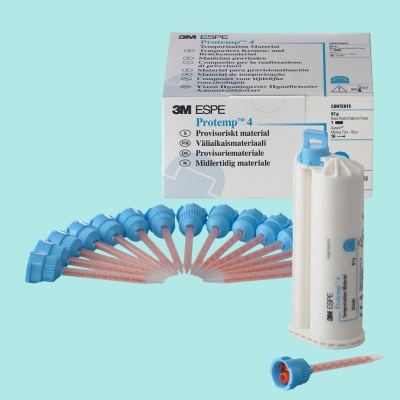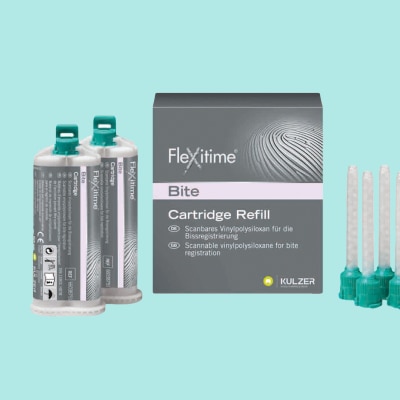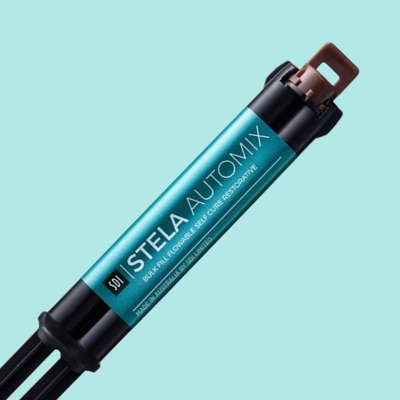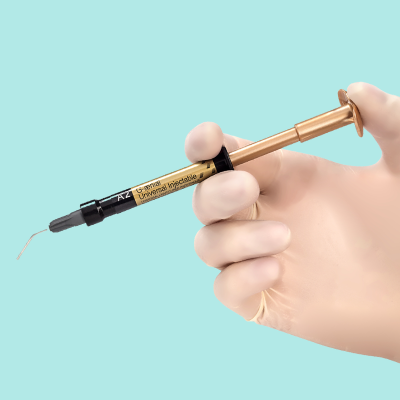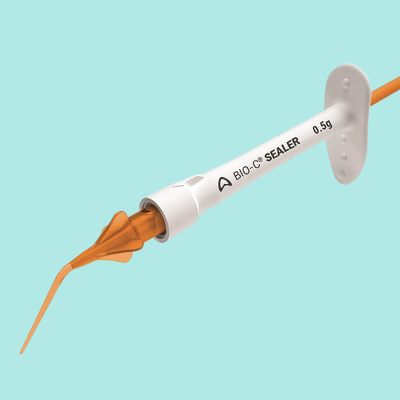Gingival retraction is one of the first and most important steps when preparing to obtain a good quality impression. This is done to create a liquid-free environment, record more detail and give a clearer working view of the tooth.
The two most common methods of achieving this are with retraction cord and with retraction paste. Though cord has traditionally been more popular, retraction paste is steadily becoming the preferred choice for many because of the safety and comfort it provides patients.
What Is Gingival Retraction?
Gingival retraction refers to the temporary displacement of marginal gingival. This is the terminal edge of the gums that surrounds the teeth.
Typically used for restorations with subgingival (below the gum line) margins, retraction is necessary for the following reasons:
- Allows access for the impression material to flow into and better record the marginal areas.
- Better visibility of treatment area as gum tissue is pushed away.
- Prevents saliva or blood from interfering with and potentially deforming the impression.
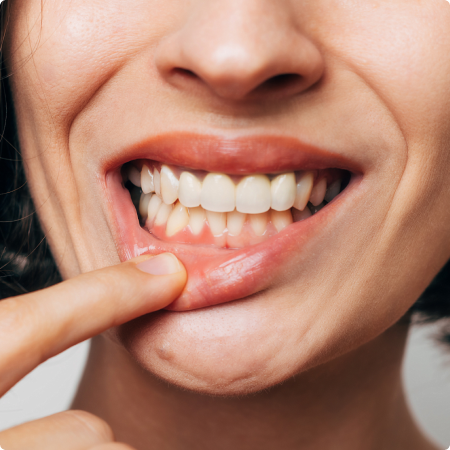
Gingival Retraction Methods
Dentists have a choice of two materials for dental retraction, these are retraction cord and retraction paste. Surgical retraction which involves opening the tissues with a scalpel or similar electronic appliance is another option but is generally considered a last resort. Gingival retraction cord is made of various textile blends of wool, silk, cotton, and synthetic fibres, which are twisted, braided, or knitted together. The cord is inserted gently below the gum line and into the gingival sulcus around the tooth or teeth that are being prepared for an impression.
With retraction paste, a tip is placed into the sulcus to retract the tissue. The paste is then injected from the tip directly into the sulcus. After around two minutes the paste can then be rinsed off using air-water spray to expose clear, blood-free margins ready for precise impression taking.
Which Gingival Retraction Method Is Best?
Retraction paste
Advantages
- Minimal or no physical damage to the gingival tissues
- Time saving, especially when restoring multiple teeth
- Predictable haemostasis
- No anaesthetic required
Disadvantages
- More expensive versus cord
- Less effective with very subgingival margins
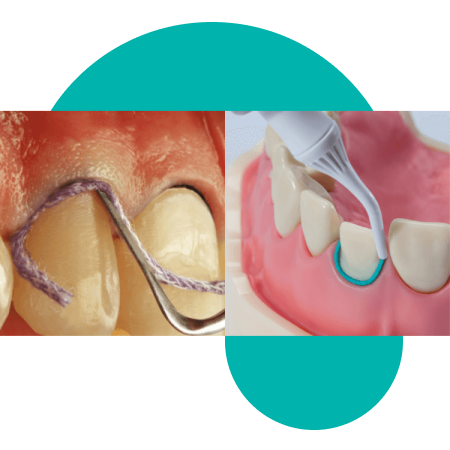
Retraction cord
Advantages
- Strong visibility
- Less expensive versus paste
Disadvantages
- Can be traumatic and uncomfortable for patients
- Can cause damage to gingiva
- Can require local anaesthetic
- Time-consuming positioning cords on multiple teeth
- Can require soaking in haemostatic agent to prevent bleeding
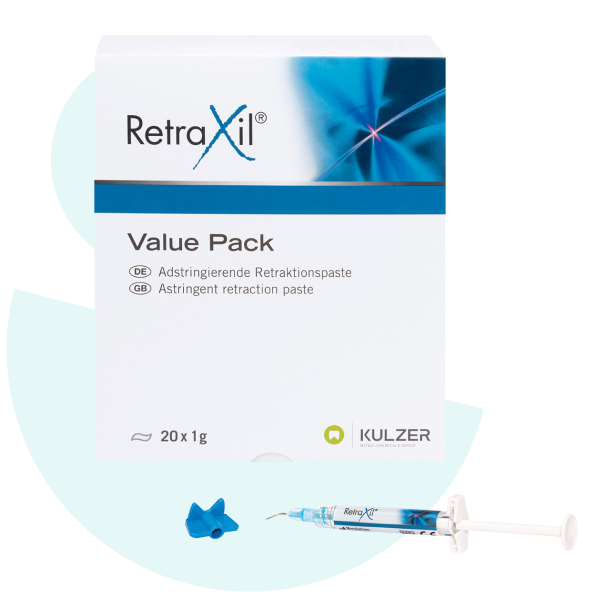
What Is The Best Retraction Paste?
As it has become more popular oven recent years, many brands have begun introducing quality and patient friendly retraction pastes to their ranges.
One of our favourite pastes is RetraXil from Kulzer. Here are some of the reasons why:
- Thinnest cannula on the market for atraumatic application (minimum tissue injury).
- Compatible with both analogue and digital impressions.
- Thinner tip enables the paste to flow into the sulcus more easily which should result in more precise impressions.
- Blue colour contrast to the gingiva and teeth offers high visibility and good control when rinsing.
- Long-lasting, predictable haemostasis.
- Twisting aid offers secure fit of the cannula on the syringe and enables the cannula to be twisted on and off safely.


